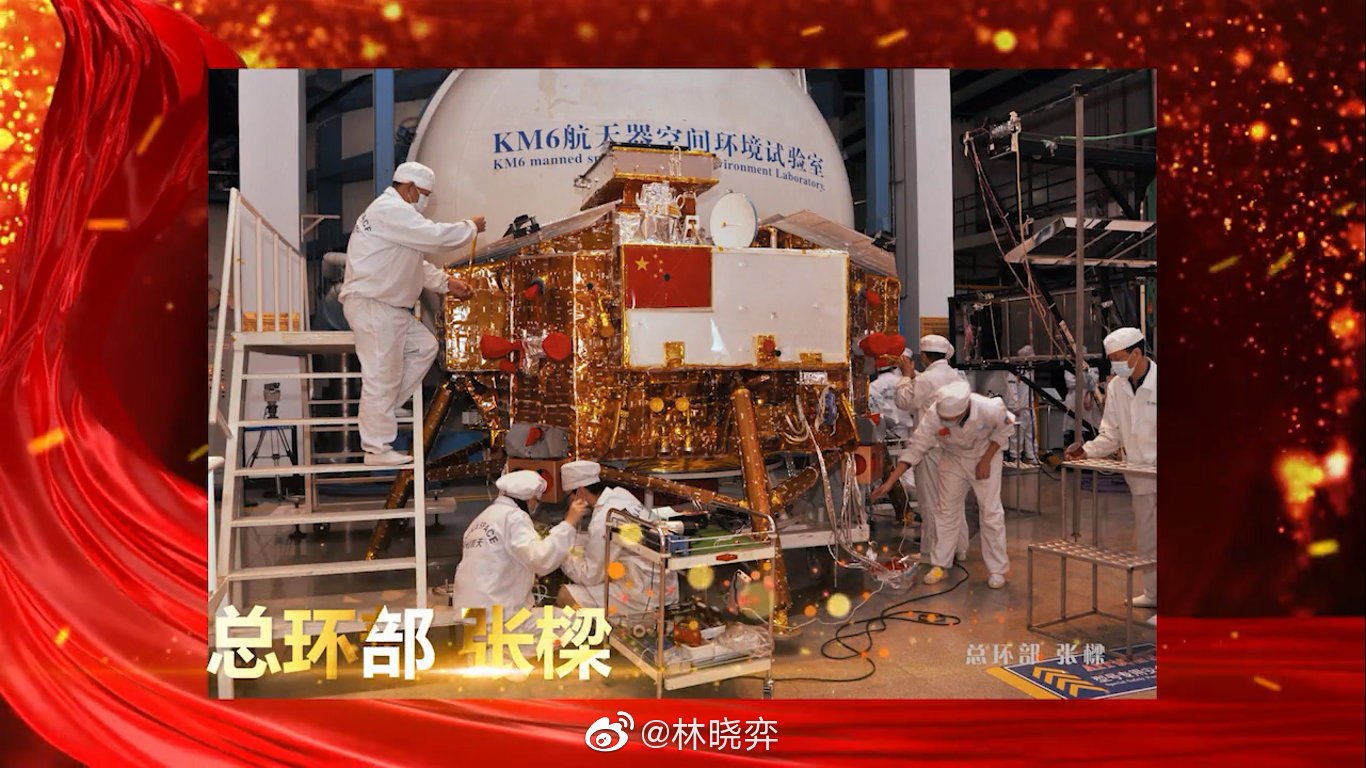smooth manifold
New Member
- Joined
- May 14, 2019
- Messages
- 971
- Likes
- 563
China launches two new BeiDou satellites
http://www.xinhuanet.com/english/2019-09/23/c_138414165.htm

XICHANG, Sept. 23 (Xinhua) -- China has successfully sent two satellites of BeiDou Navigation Satellite System (BDS) into space from the Xichang Satellite Launch Center in Sichuan Province at 05:10 a.m. Monday.
Launched on a Long March-3B carrier rocket, the two satellites entered the orbit. They are the 47th and 48th satellites of the BDS satellite family.
The new satellites and the carrier rocket were developed by the China Academy of Space Technology and the China Academy of Launch Vehicle Technology, under the China Aerospace Science and Technology Corporation.
After in-orbit tests, the new satellites will work with those BDS satellites already in orbit to improve positioning accuracy of the system.
China will complete the BDS global network by 2020.
Monday's launch was the 312th mission for the Long March series carrier rockets.
http://www.xinhuanet.com/english/2019-09/23/c_138414165.htm

XICHANG, Sept. 23 (Xinhua) -- China has successfully sent two satellites of BeiDou Navigation Satellite System (BDS) into space from the Xichang Satellite Launch Center in Sichuan Province at 05:10 a.m. Monday.
Launched on a Long March-3B carrier rocket, the two satellites entered the orbit. They are the 47th and 48th satellites of the BDS satellite family.
The new satellites and the carrier rocket were developed by the China Academy of Space Technology and the China Academy of Launch Vehicle Technology, under the China Aerospace Science and Technology Corporation.
After in-orbit tests, the new satellites will work with those BDS satellites already in orbit to improve positioning accuracy of the system.
China will complete the BDS global network by 2020.
Monday's launch was the 312th mission for the Long March series carrier rockets.





























